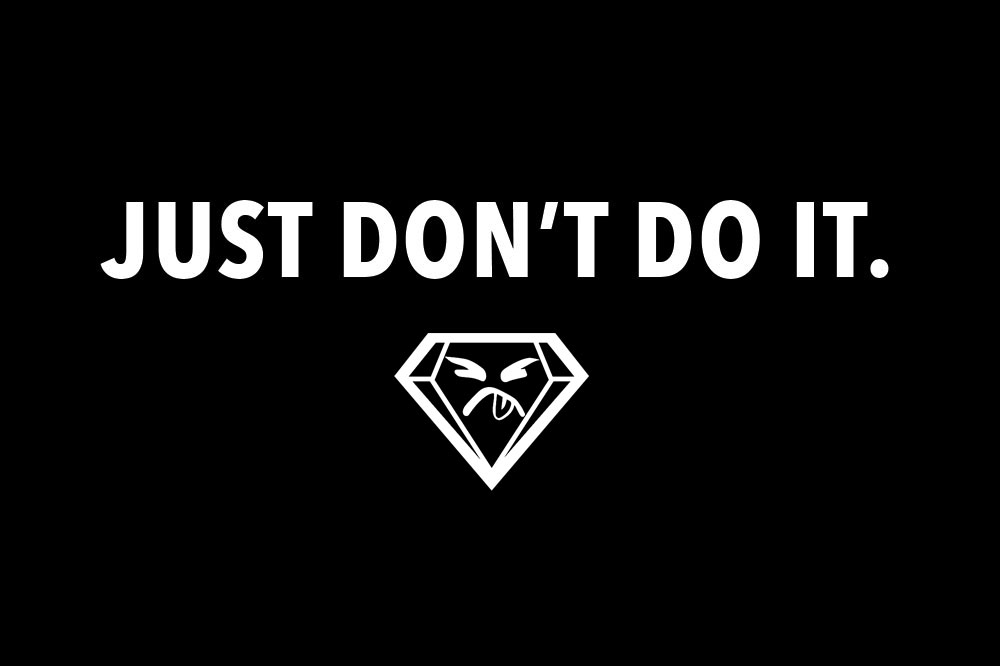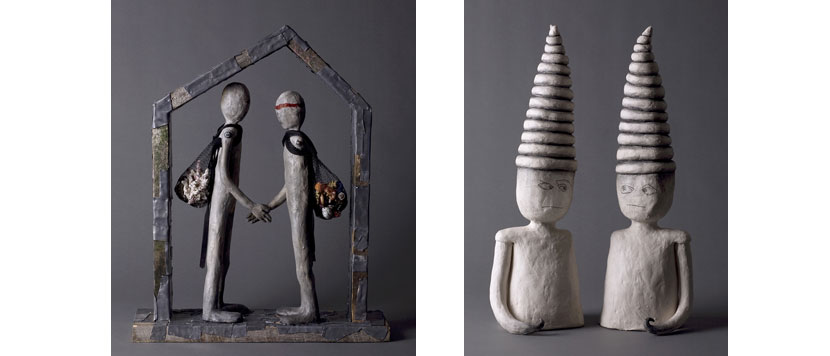We are constantly preaching about how you must be different, and say "no" to business outside your niche, if you want a profitable business that attracts clients. We also talk about how this takes guts. And we know because we almost didn't have the guts to do it either!
Clients may not come easy at first.
For the first 3 years of our business, I was constantly pounding the pavement, hoping I’d find new work in the rubble. I networked every day, so I met a lot of people. As a personable, amicable female, people wanted to refer me to their colleagues and bosses.
But many of them seemed to have the same problem:
I just can’t refer “Worstofall Design” to my boss.
What I didn't know then that I know now? They just weren't our clients.
Don’t Get Defensive
When I did get referrals, people often introduced my company with an immediate qualifier, like: “Worstofall Design is named after the creative director Steve Wasterval, but they’re actually really good!” C’mon! I did not need or want a defensive intro right out of the gate. That type of introduction lacked confidence, and it didn’t set my company up to knock it out of the park.
After hearing about people’s hesitance to refer us, I spoke to Steve. If we created another company called “WOA Design”--with a website that showed off only our corporate work--we could easily market our services to these BNI/networking clients. With a more corporate arm of our company, we could effectively appeal to the people who just didn’t get “Worstofall.”
Let Your Brand Speak for Itself
At first, Steve humored me. We put it on our to-do list, but that’s the furthest we got. As I recall, we became too busy to develop a new corporate brand--and, thankfully, the idea fizzled out.
But what if it hadn’t? Had we built “WOA Design,” I’m not sure we ever would’ve developed into the Badass Brand we are today. We wouldn’t have given the brand the time and attention to get it there, because we would have had a trickle of corporate clients to placate us into settling for a generic brand that brought us just enough business (instead of a badass brand that brought us tons of business!)
Being different is scary, and we get it. It’s hard to put yourself out there, then hear people say they want to refer your business, but can’t. Most people would just change their business right then and there.
But what many don’t understand is that this is where the power lies:
having the guts to commit to what makes you different when some people tell you it’s wrong or that they don’t like it. If you build a brand that’s authentic and unique to you, and stick with it, you can establish a reputation that precedes you.
And that’s when you get to attract clients and charge more than your competitors.
To be loved by some, you must accept being disliked (or even misunderstood) by others.









